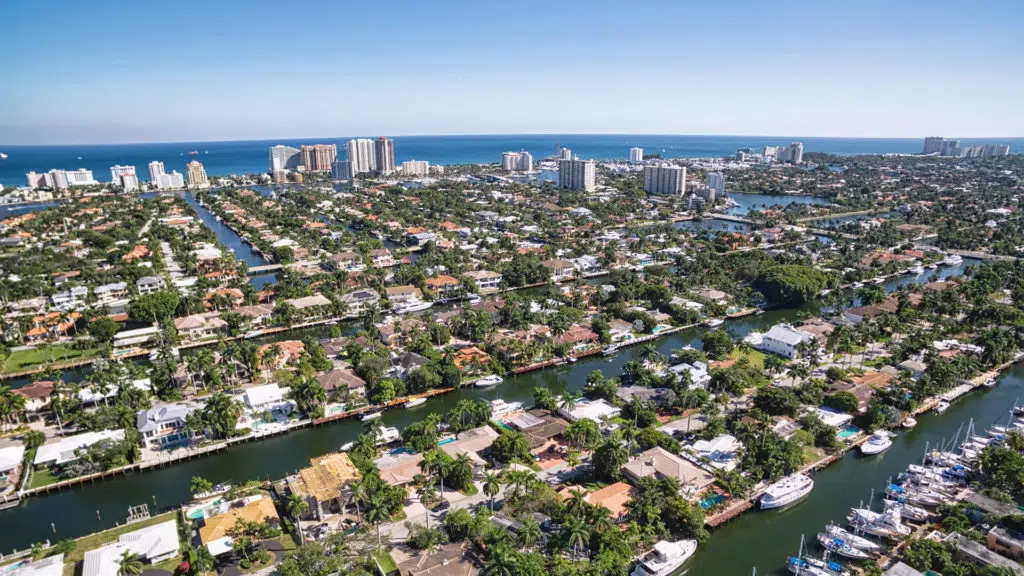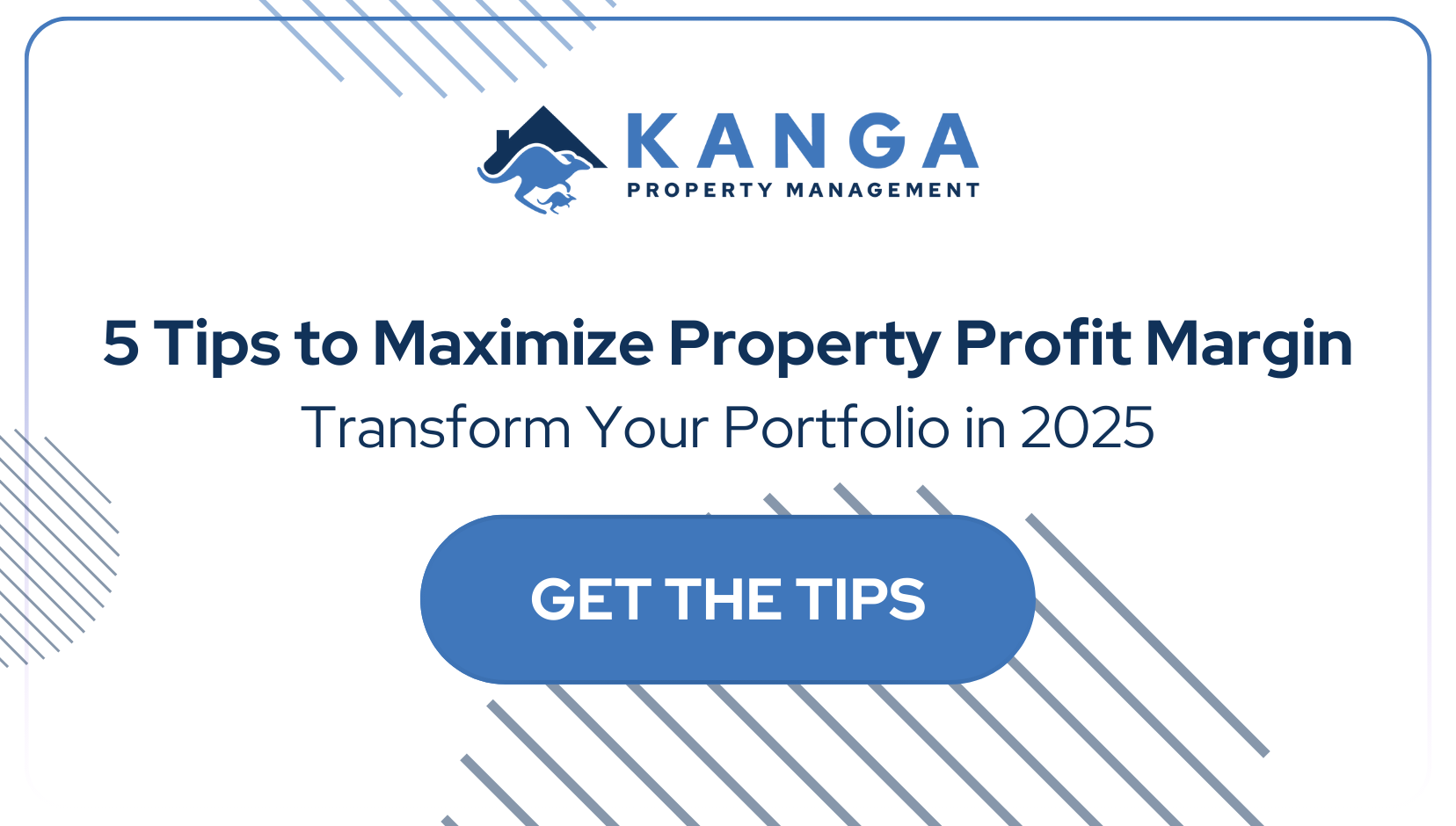
First-Time Landlord Checklist
Investing in property is a great way to increase your earnings through rental income — which is likely why you’ve chosen to become a landlord. However, for all the benefits that come with owning rental properties, there are several things you will need to stay on top of to ensure everything goes off without a hitch.
Being a property owner can be especially daunting if this is your first time working as a landlord. That said, there is no reason why you can’t turn your investment property into a successful business with some hard work and dedication.
To help you on your journey to becoming a successful rental property owner, we’ve put together a first-time landlord checklist for renting a house or any other property.
First-Time Landlord Checklist Before Renting: A Guide to Leasing Your First Rental Property
Below is an outline of our step-by-step becoming a landlord checklist. Read on to learn more about each step.
- Check Zoning Laws and City Regulations
- Obtain Landlord Insurance
- Thoroughly Understand the Landlord-Tenant Laws in Your State
- Have the Property Inspected
- Hire Professionals for Repairs and Cleaning
- Set Your Rental Price
- Stage Your Rental Property
- Advertise to Attract Prospective Tenants
- Draft a Lease Agreement
- Screen Your Applicants
- Sign the Lease Agreement
- Collect the Security Deposit and First Month’s Rent
- Stay on Top of Maintenance and Repairs
- Use Property Management Software to Stay Organized
- Rental Income
- Stay Informed of Landlord-Tenant Notices
1. Check Zoning Laws and City Regulations
Tips to Ensure the Area is Right for You
One of the first things you should do after purchasing your property is to check your local zoning laws and regulations concerning rental properties. There are often zoning laws that distinguish residential areas from commercial areas. You’ll need to make sure that the area where your property is located is zoned for residential renting.
If the area is not zoned for residential use, you may still be able to use your property for residential leasing, but you might have to get permission from the city first. Also, be aware that just because a property or area was previously permitted for residential use doesn’t mean it will stay that way. Zoning can change, especially if an area is undergoing development.
Buying a property is a big investment, so it’s important to do your research before buying the property and leasing it out, as any potential zoning changes in the future could impact the value of your property. It could also impact your ability to find tenants who want to rent in that area.
2. Obtain Landlord Insurance
Coverage is Key: Don’t Go Unprotected
As a landlord, it is critically important that you have the right insurance to protect you, your property, and your tenants. Your tenants will also need their own renter’s insurance to cover any damage to their personal belongings, but you will also need a separate policy to protect you and cover the cost of damages to your property.
Also, keep in mind that even if you already have a homeowner’s insurance policy for your investment property, it might not cover everything.
You will likely still need to get a specific landlord insurance policy. This can provide coverage in case of:
- Property damage: This includes coverage for damage caused by tenants, natural disasters, storms, fires, theft, and vandalism.
- Legal liability: Covers legal costs and medical payments for tenants or visitors who get injured while on your property.
- Financial loss: This provides coverage (financial compensation) if you suffer loss of income due to tenants having to leave your property as a result of damage.
3. Thoroughly Review the Landlord-Tenant Laws in Your State
Know Before You Go: Stay in Compliance with Your State
Before renting your property to a new tenant, you should make sure that you are well-versed in your state’s landlord-tenant laws.
These laws will play an important role in the business relationship between you and your tenant, and each state has specific laws in this regard.
Thoroughly reviewing and understanding these laws can ensure you avoid any unnecessary legal issues by helping you keep in line with landlord best practices.
While each state’s laws can vary, most of them generally cover such things as:
- How much you can increase rent and when
- How much you are allowed to charge for rent late fees
- How much you can charge on security deposits
- The timeline for returning deposits after a tenant moves out
- Rental application fee limits
- When and how you are allowed to enter a tenant’s unit
- Fair housing protections
- Notices that must be included in the lease
You can read more about the landlord-tenant laws in Florida here.
4. Have the Property Inspected
Ensure Your Property Is Appealing and Move-In Ready
Before you start preparing your property for tenants, you will need to have it thoroughly inspected. This is not only to ensure your rental property is appealing to tenants but also to ensure it is safe and up to code.
Everything from the foundation to the plumbing to the roof must be inspected — and everything in between. The last thing you want is to get a tenant moved in only to have something go wrong, which might require the tenant to immediately move back out.
Things to check include:
- Plumbing/adequate water pressure/water temperature
- Gas and electricity/electrical wiring
- Potential rodent or insect infestations
- Mold, mildew, or rot issues
- Any potential leaks
- Asbestos
- Lead
- The hot water system
- The HVAC system
- Ventilation
- Infrastructure (walls, floors, stairs)
- The roof
- Smoke and carbon monoxide detectors
- Windows
- Doors and locks
- Appliances (fridge, oven, dishwasher, washer & dryer)
5. Hire Professionals for Repairs and Cleaning
Save Time and Money With Professional Partnerships
Not only should you hire a professional to inspect your rental property, but you should also contract out any repairs and cleaning needed to professionals as well.
While you might want to tackle some of these things yourself to save money, it’s generally not a good idea to do so.
If you aren’t qualified and don’t have the right experience, you could end up putting yourself and your tenants at risk, which could also end up costing you more money in the long run.
6. Set Your Rental Price
Don’t Go Too Low or Too High: A Little Research Goes a Long Way
Determining an appropriate and reasonable rental price can be challenging. On one hand, you want to set it at a price that enables you to get a good return on your investment, but you don’t want to set it too high that you don’t get enough people interested in renting.
Take into consideration your mortgage payment on the property as well as any potential HOA fees you might be covering. You’ll also want to determine whether or not you are including any utilities in the rent or if you want your tenants to handle those bills themselves.
You should also look at other rentals in your area that are similar to your property and of comparable value. If you price your unit higher than your competitors, then you will likely struggle to find tenants.
This can be a very delicate situation and it can be challenging to find a good balance between making money on your property while not price gouging and charging too much for rent. Again, be reasonable when considering your expenses and the price of other comparable properties nearby.
7. Stage Your Rental Property
Make Every House Look Like a Home
Staging is the first step in marketing your property.
You need to show it off and entice renters by making it look good and helping them visualize what it would be like to live there. If you have a building with multiple similar units, you can stage just one or two of them to start.
You’ll also want to take professional photos of your property and the staged units so you can use those for your website and marketing channels.
The hope is that you will eventually fill your units, which means you won’t be able to keep them staged.
The staging should be temporary to initially draw people in and help you create the photos and other media for your website, like walk-through video tours.
8. Advertise to Attract Prospective Tenants
Let Everyone Know You’re Here and You’re the Best
Beyond staging, you will want to advertise your property using various channels to increase your chances of people finding your property.
This includes newspaper ads, flyers and posters, creating social media accounts, online ads, putting up rental signs on your property, posting your property on rental websites and bulletins, and even listing the property with a real estate agent.
The idea is to get your property out there in front of as many people as possible and make sure you are using high-quality photos from the staging and other areas and features included on your property.
Furthermore, when writing your ads, you want to be as specific as possible about what your units and property have to offer.
This can include:
- The rental price
- Whether or not utilities are included
- If you are charging a security deposit
- The square footage of the unit
- When the unit will be available
- How long the lease terms are for
- Whether or not you allow pets
- If smoking is allowed on the property
- Parking information, such as on-street or off-street
- If the property has laundry facilities or an in-unit washer and dryer
- Other potential incentives that might be included, such as storage areas or places for bicycle parking
You will also want to be upfront about how interested parties can get in touch with you, such as by phone or email. You might also want to offer them a way to digitally schedule an appointment to view the property. Ease of communication and scheduling appointments is key.
9. Draft a Lease Agreement
Cover Every Detail With Thorough Documentation
The rental lease agreement is crucial as it is a contract that outlines the relationship between you and your tenant. It should clearly lay out all of the rules that must comply with your state’s landlord-tenant laws.
While it is possible to have only a verbal agreement with a tenant, this is a sure way to find yourself dealing with legal issues. Having a thoroughly written lease agreement is always the best way to go as this will protect you and your tenant should anything come into question or go wrong.
Most states will have lease templates that you can use as an example and download, like this one here. However, you are welcome to create your own. Just make sure to include these crucial items:
- Your name and contact info
- The tenant’s name and contact info
- Type of lease
- Length of term
- The address of the property
- Description of the property and any included areas (i.e. sheds, yard space, parking spaces, storage units, etc.)
- Amenities or utilities included
- The rental price
- The security deposit price
- Pet and smoking policies
- Late payment penalties/fees
- Guest policies
- Subletting policy
- Rules for the property
- The responsibilities of the tenant
- Early termination policy and fees
Your lease agreement can be as extensive as you want it to be. Generally speaking, the more information you include, the better, as this will help should the tenant have any questions or try to argue with you about what they are and are not allowed to do.
10. Screen Your Applicants
Protect Yourself and Your Property
To ensure you don’t get stuck in a bad situation, such as tenants that engage in illegal activities or never pay their rent on time, it’s important to conduct screenings.
To do this, you will need their full name, current address, date of birth, and Social Security number.
You can check their credit report and criminal history, and you can also ask for references from previous landlords — all while remaining compliant with your state’s guidelines and restrictions for obtaining such information.
You can also ask for proof of income to ensure they will be able to afford the rent.
11. Sign the Lease Agreement
The Easiest Part: Sign on the Dotted Line
Instead of just sending the lease agreement to your tenant, it’s helpful if you make yourself available to them and walk them through the lease in case they have any questions.
This will help you as it ensures you know they fully understand the lease, and it can also help your tenant feel more comfortable and informed.
There are online tools that enable you to do all of this digitally today, such as DocuSign. Many younger tenants, for example, may prefer to do things digitally. However, it’s also wise to keep a physical copy for your records and send one to your tenant.
12. Collect the Security Deposit and First Month’s Rent
Financial Foundations: Managing Security Deposits and Rent
After the lease is signed, the next step is to collect the security deposit and first month’s rent. In Florida, there are no limits on how much you can charge for a security deposit, though it is common for this to be equal to a month’s rent.
However, there are laws about what you can do with the security deposit, which include only using it to cover unpaid rent or damage the tenant caused.
If your tenant will not be moving in on the first of the month, make sure you prorate their first month’s rent.
Also, it is worth considering investing in a property management tool that can help you manage rent payments and keep all of your rental property finances organized.
You will also need to determine how you will collect rent, such as in the form of debit, check, money order, or email transfer.
Again, a property management tool can help with this by digitizing and automating the process. Just make sure you also keep records of all payments.
Move-In Landlord Checklist
Beyond the more thorough first-time landlord checklist, we’ve also created this handy checklist for when you are arranging for a new tenant to move in:
- Have the unit inspected for anything that needs repairing
- Have the unit cleaned
- Draft up and sign the new lease agreement
- Change locks if necessary and provide an extra set of keys
- Collect first month’s rent, deposits, and any fees required
- Conduct a walk-through of the unit with the tenant, and note any issues. This includes testing the lights, appliances, locks, fans, and smoke detectors. Once everything has been noted, sign the report and provide a copy to the tenant.
- Make sure the tenant has a list of all the property rules and regulations, if applicable.
- Make sure the tenant is aware of how to create accounts for their utilities, if applicable.
- Make sure the tenant knows how to contact you if they have any questions or issues.
Consider Hiring a Property Manager
If it’s not already apparent, leasing and managing a property is a lot of work. While you can manage everything on your own, it is worth considering hiring a third party to handle the property management for you.
As a landlord, you will need to be available to your tenants in case of emergencies and you will need to be present to stay on top of day-to-day or week-to-week tasks, such as handling maintenance issues, collecting rent, and generally being available to answer any questions your tenants might have. If you do not think you will be available regularly to handle all of this, then you might want to hire a property manager.
As a whole, property managers can make your life as a landlord much easier and can help with several tasks, including:
- Advertising the property
- Finding tenants
- Screening tenants
- Managing lease agreements
- Collecting rent
- Arranging for cleaning and maintenance
- Enforcing rules and policies
- Determining rental prices
- Issuing landlord-tenant notices
- Managing all record-keeping
- Dealing with move-ins and move-outs
Elevate Your Investment Property With the Experts at Kanga Property Management
At Kanga Property Management, we offer some of the best-in-class services for property owners. With over ten years of experience, we know everything there is to know about managing rental properties in Southern Florida.
Whether you are a first-time landlord or have a few investment properties under your belt, our team is up to the task of helping you manage your property and maximize your profits. Contact us today to learn more about how our services can help you elevate your rental properties.


